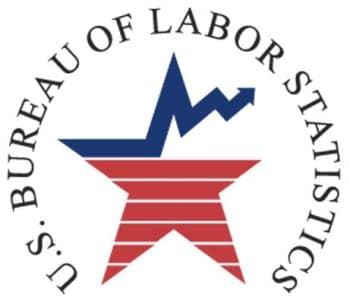Economic Indicators

Certain aspects of economic activity serve as indicators of business cycle phases. These economic factors can be characterized as a leading indicators, coincident indicators, or lagging indicators.
A leading indicator is an economic factor that changes before the economy transitions into a particular pattern or trend. A positive change in these indicators predict economic improvement while negative changes predict economic contraction. Leading indicators include:
- Stock market (e.g. S&P 500)
- New building permits
- New orders for consumer goods
A coincident indicator is a measurable economic factor that varies directly and simultaneously with the business cycle. In other words, coincident indicators confirm where the economy is and represent the current state of the economy. Coincident indicators include:
- Industrial production and related capacity utilization
- Employment levels (non-farm payroll)
A lagging indicator is a measurable economic factor that changes after the economy has started to follow a particular pattern or trend, but serve as a confirmation of the new trend. Lagging indicators help confirm long-term trends and differentiate long term trends from short-term reversals that occur in any trend. Lagging indicators include:
- Corporate profits
- Average duration of employment
Knopman Notes
Understanding economic indicators is important for analysts and investors in order to make quality business or investment decisions and recommendations. Candidates preparing for license exams should be able to demonstrate knowledge concerning these economic factors and their role as a part of a larger analysis.
Relevant Exams
Series 7, Series 65, Series 66, Series 79, Series 86
Written by Dave Meshkov
Dave's mission (and job: Managing Director of Course Design) is to make FINRA exam training engaging, approachable, and dare he even say, enjoyable. Having trained and coached over ten thousand students to exam success he knows how to present complex subjects in memorable and understandable ways. Prior to joining Knopman Marks in 2011, Dave practiced bankruptcy law at Weil, Gotshal & Manages and served as a law clerk in a the Southern District of New York Bankruptcy Court working on the General Motors and Lehman Brothers bankruptcies. Building on his legal expertise and training allows him to keep all our courses updated with the latest legislative and rule-making changes. Dave currently trains for the Securities Industry Essentials (SIE) exam and the Top-Off Series 6, 7, 24, 57, 63, 65, 66, 79, 86, 87, and 99 exams. He also delivers executive one-on-one training and shares his passion for learning outside of work as a ski instructor and yoga teacher. Dave graduated magna cum laude from Fordham Law School, and cum laude with a BA from the University of Pennsylvania.
Related posts
- Read more
Crush the SIE Exam with the Video Vault
Are you feeling overwhelmed by the sheer volume of Securities Industry Essentials (SIE) exam cont
- Read more
Master the Series 63 Exam with the Video Vault
Are you feeling overwhelmed by the dense text of Series 63 exam prep? Do you consider yourself mo
- Read more
How To Pass the Series 7 Exam in 2025
You’ve already passed your SIE and you’re ready for the next step – the Series 7 exam. The Series


